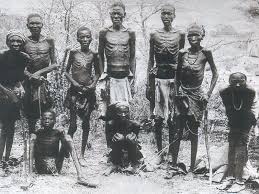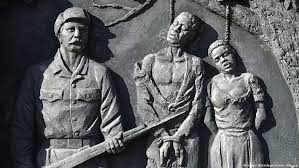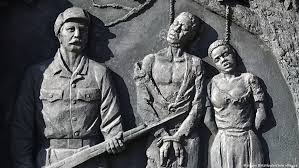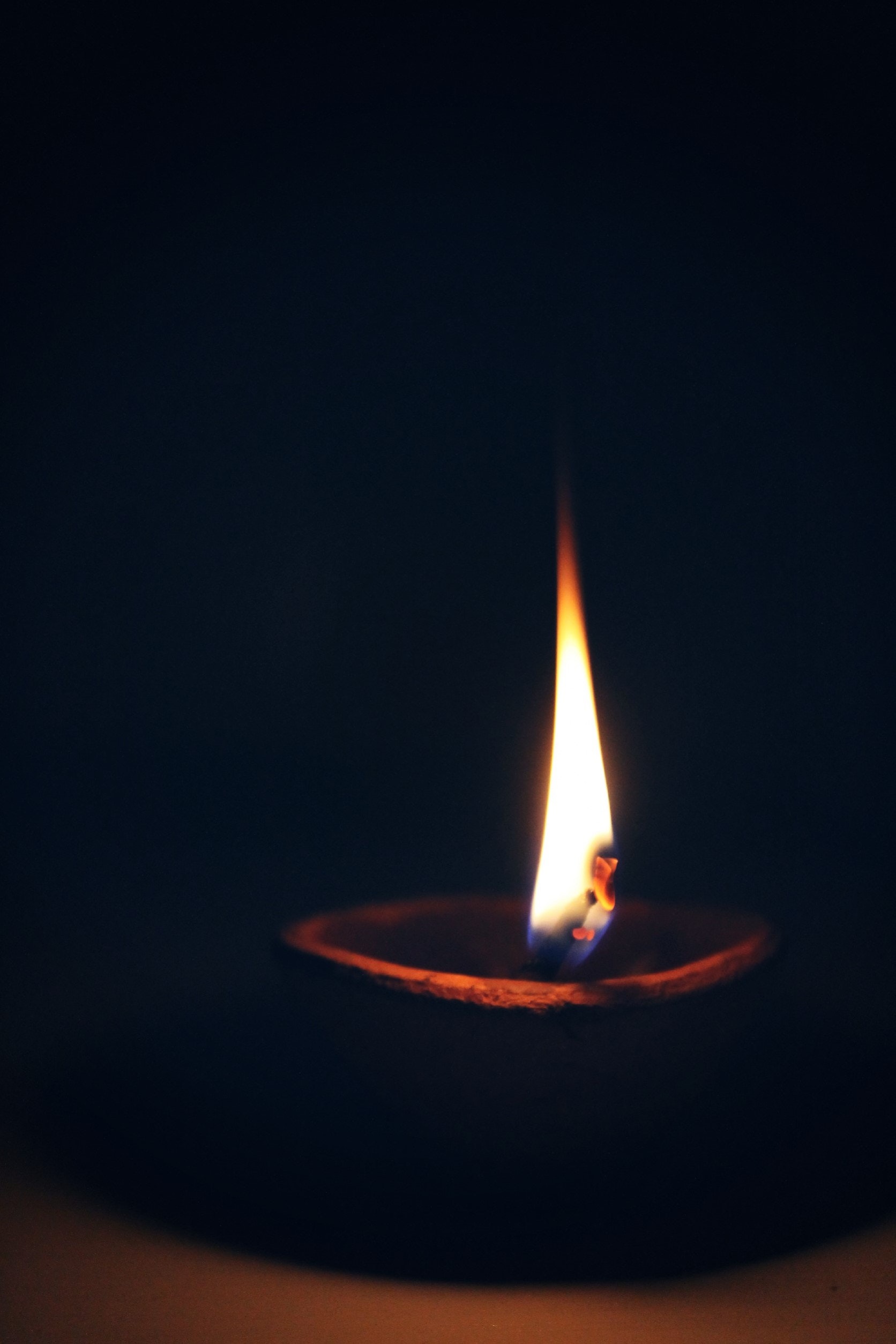The first genocide of the 20th century took place from 1904-to 1908. This Genocide that served as a rough draft of what the holocaust would be like was kept hidden till Namibia gained her independence.
Namibia, then known as the Herero and Nama community of Southwest Africa in 1885, became a German colony. The Herero, a mainly pastoral community, had their land forcibly taken from them by the Germans. The Germans used the people as slave labour and took their cattle.
The tensions between the natives and the Germans kept rising until the Herero revolted against German domination. In January 1904, led by Chief Samuel Maharero, the Herero carried out an armed rebellion against the oppressive German colonialists.
This attack was one the Germans weren’t prepared for, and so they lost approximately 100 German colonial settlers. The fight continued for months, and the Germans began to overwhelm the Herero people with their more modern, well-equipped devices.
By June 1904, Major Leutwin had cornered the Herero forces at the Waterberg Plateau and attempted to negotiate their surrender. This took a while as they were unwilling. The German government began to get frustrated by the amount of time spent trying to get the Herero to surrender.

In May 1904, Lieutenant General Lothar von Trotha was appointed to take over the negotiations as the Supreme commander. He arrived in June.
He discarded renegotiations with the Herero population and instead surrounded them and killed over 5000 Herero combatants. Despite this, the majority of the Herero escaped to the desert.
Under Trotha’s command, the German military ruthlessly chased and attacked the thousands of Herero men, women and children who were attempting to cross the desert to reach Botswana.

Thousands of Herero died from being shot to death, drinking water from poisoned wells, or from thirst, diseases and starvation in the desert.
On 2 October 1904, Trotha escalated the violence against the Herero in an order: ‘Within the German borders, every male Herero, armed or unarmed […] will be shot to death. I will no longer take in women or children but will drive them back to their people or have them fired at. These are my words to the Herero people’.
The German Government, in November, overturned Trotha’s execution decree and commanded that the rest of the Herero population be put in concentration camps. At the time this command was given, thousands of Herero people had died due to the order.
The Herero people were then taken to these concentration camps with a high mortality rate of 47-74%. In these concentration camps, they were raped and beaten. Many died as a result of slave labour they were subjected to. They were also intentionally infected with tuberculosis, typhus, and smallpox.
The Herero people were used for experiments and forced to scrape the flesh of their clan members and boil their skulls. More than 3000 of these skulls were sent to Germany for investigations.
The Nama people, who also started a revolt, faced a similar fate as the Herero people. By 1908, 80% of the Herero population and 50% of the Nama population had been massacred.
While numerous monuments were erected for German soldiers in Namibia, none was constructed for the Herero and Nama genocide victims.



